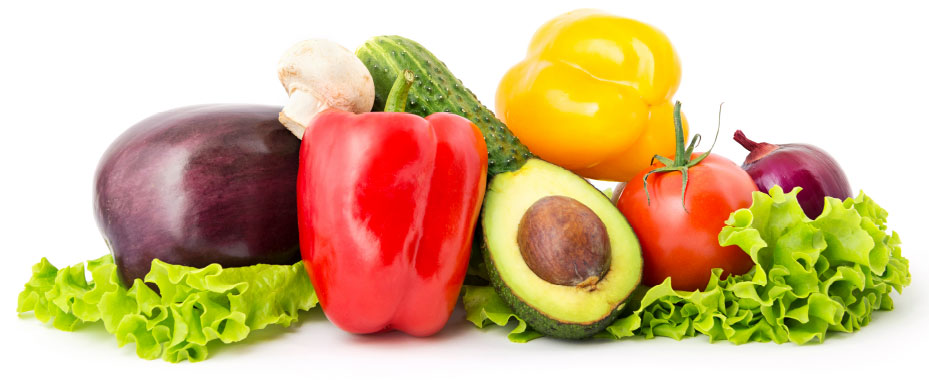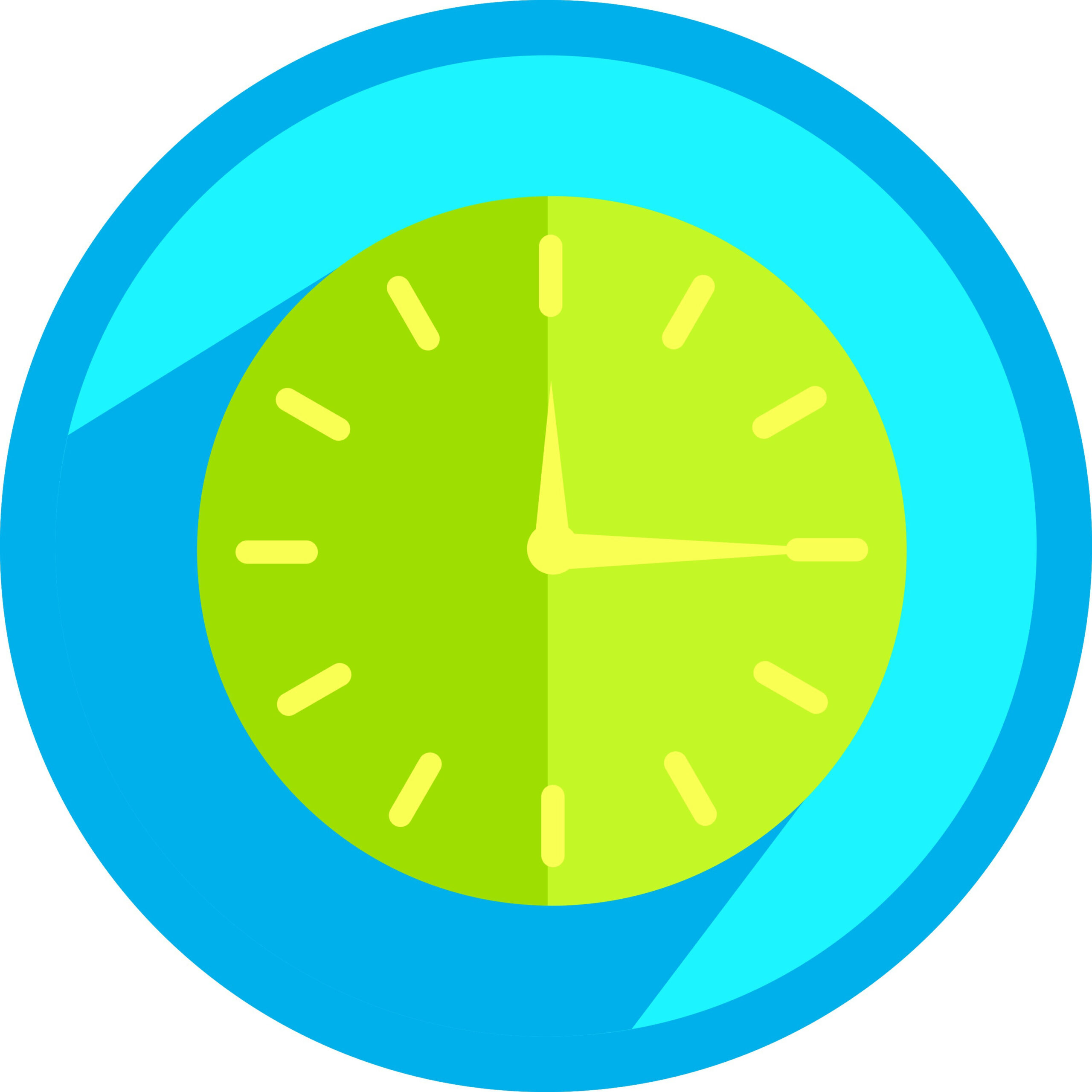Ultimate Guide to Time-Restricted Eating and Benefits
Ultimate Guide to Time-Restricted Eating and Benefits
So many fad diets focus solely on what we eat and not the why, when, or how.
However, a new study from the journal Cell Metabolism found that the later people ate during the day, the more hungry they were throughout the day.
Part of losing weight is limiting our desire to snack and overeat, contributing greatly to weight gain. That’s why most mainstream diet plans forgo simple carbs for high-protein meals or complex carbohydrates that help us fight snack cravings.
The science is simple; to lose weight, you need to consume less than your basal metabolic rate (or how many calories your metabolism burns).
One way to accomplish this is to eat less. But that may be difficult to do when you eat your meals socially or if your meals don’t make you feel full.
One ancient hack humans had learned long ago is the practice of fasting, which can cleanse the body of toxins and also turn it into a fat-burning machine. Time-restricted eating offers a modernized approach that has shown universally positive results.
As you’ll find out, by controlling when we eat, we can program our bodies to work for us instead of against us.
What is Time-Restricted Eating?
Time-restricted eating is a dietary approach that limits the number of hours individuals can consume calories to a small 6-12 hour window.
While I mentioned fasting before, time-restricted eating does not involve calorie restrictions like intermittent fasting. As a result, time-restricted eating allows people to eat as much as they want within their eating window but gives the body time to digest and burn excess fat before their next eating window.
The body relies on excess glucose stored from carbohydrates for up to eight hours before tapping into fat reserves. So by giving the body time to burn off excess glucose and sugars, it allows the body to burn fat for fuel.
Strangely enough, the biggest benefit of time-restricted eating might be for your sleep. Research shows that time-restricted eating can improve our circadian rhythm and help us sleep better.
So why is this important? According to one study, people who slept less during a 14-day period had a 55% decline in fat loss.
Not only do we burn calories during sleep, but our sleep impacts our hormones and hunger level. In sum, not eating 3-4 hours before bed on a time-restricted eating schedule will help our sleep and help our bodies burn more calories.
Summary Time-restricted eating is a dietary approach that allows people to consume as many calories as they want within a 6-12 hour window. This helps people tap into fat stores and sleep better, which allows them to lose weight more easily. |
Does Time-Restricted Eating Work?
Research shows that time-restricted eating is beneficial, though not more beneficial than a low-calorie diet. A recent New York Times article found that time-restricted eating had no additional benefits when paired with a calorie-restriction diet–though patients still lost weight.
However, additional research from the JAMA Network found that moving time-restricted windows to earlier in the day (7 am to 3 pm) did improve weight loss results, blood pressure, and other biomarkers.
Furthermore, studies in mice have found that timing when you eat calories can impact gene expressions and your circadian rhythm, influencing a range of factors, including your sleep, blood pressure, and heart health.
While time-restricted eating may not be better than a low-calorie diet short-term, we do know that calorie deprivation lowers our metabolism, which causes many people to regain the weight they lose.
Time-restricted windows without calorie deprivation don’t impact our metabolisms as long as we consume at least 200-300 below our basal metabolic rate.
In sum, time-restricted eating’s benefits may help other processes that influence weight loss, most notably sleep. Further, research points out that the earlier you close your time-restricted window, the better it is for your health.
Summary Time-restricted eating is effective for weight loss–especially the earlier in the day you eat–and may be more effective long-term than low-calorie diets. |
Benefits of Time-Restricted Eating
- Eat Less: While time-restricted eating does not involve calorie restriction, limiting when you eat will prevent you from overeating and snacking outside of your eating windows.
- Improved Sleep: Eating before bed impairs your sleep, so people recommend not eating 3-4 hours before bed.
- Improved Heart Health: Some studies suggest that time-restricted eating could help lower bad cholesterol, improving your heart health.
- Lower Blood Pressure and Sugar: Researchers have shown that time-restricted eating can help reduce blood pressure and blood sugar levels.
- Improved Quality of Life: Time-restricted eating allows people to eat normal meals without significant calorie restrictions and still enjoy weight loss benefits.
Is Time-Restricted Eating Good for You?
Yes, time-restricted eating is good for you if practiced responsibly. Unlike fasting, there is very little risk to your body of fainting or consuming too few calories.
However, eating your normal or recommended amount of calories within a window without overdoing it is essential.
Overall, time-restricted eating has proven helpful for weight loss and provides several other benefits.
Summary: There are very few health risks to time-restricted eating, and it has several proven benefits. |
What is the Best Time-Restricted Eating Schedule?
As a general rule, the earlier in the day you eat and the smaller your schedule, the more benefits you will reap.
As previously stated, researchers from the JAMA Network found that eating between 7 am and 3 pm produced the highest benefits for individuals, including weight loss and improved mood.
Eating earlier allows you to consume most of your calories early, so you have more time to burn them during the day.
Plus, early schedules allow you to fuel up before and after the gym if you exercise, further compounding your weight loss benefits.
Summary
Research suggests eating between 7 a.m. and 3 p.m. is the best schedule. Generally, the earlier and smaller the schedule, the more you benefit. |
How to Start Time-Restricted Eating
Starting a time-restricted schedule may require you to shuffle around a few things in your life to accommodate your new eating schedule. So here’s how to get started.
Pick a Schedule
First, pick an eating window of 10-12 hours to get started to ease you into the process. Since most nutritionists recommend eating early, consider starting your schedule at your normal wake-up time and adding up the hours. So if you wake up at 8 am, end your schedule for a 10-hour window at 6 p.m. with no food after that time.
I recommend ending your eating window 3-4 hours before bed so that you can improve your sleep and burn calories while you sleep.
Don’t Skip Breakfast Entirely
It’s very tempting for people who practice intermittent fasting or time-restricted eating to forgo breakfast and eat later in the day.
Well, not only does a later schedule impact your sleep, but studies show that a big breakfast will actually curb your hunger throughout the day.
It turns out breakfast is the most important meal of the day.
Time Workouts Around Eating Windows
Eating before and after a workout allows you to fuel up for the gym, so you stay more motivated and build muscle, which tears through calories.
In addition, you’ll be able to put those calories to work immediately after you start eating.
Again, morning exercise offers the best benefits, so if you have to adjust your schedule to wake up earlier and go to bed earlier, I highly recommend it.
Skip the Snacks
While time-restricted eating doesn’t restrict your calories, I highly recommend you lay off of the snacks during your window. The more you snack and the later you do, the hungrier you will be later in the day, making it harder to stick to your eating windows.
Watch What You Eat
Time-restricted eating is not an excuse to eat whatever you want, especially if you’re trying to lose weight. Replacing simple sugars with complex carbs and fiber that help us feel fuller for longer will help us reduce snacking and avoid overeating during our eating windows.
Besides, you want to get as many nutrients as possible during your eating window to feel satiated and energized during the day.
Stick to Your Schedule
Finally, you need to stick to your eating schedule if you want to see positive results. While results will not be instantaneous, they will arrive slowly.
One or two cheat days are not the end of the world, but the more you break your fasting window, the harder it will be to maintain consistency.
In sum, time-restricted eating has been demonstrated to be an effective tool for weight loss.
Be sure to develop an eating schedule that works for you, though you may derive more benefits from an earlier eating schedule. Whatever you decide, be sure to stick with your schedule and go back to it, even if you have a few cheat days here or there.
Time-Restricted Eating FAQs
Can you drink coffee while time-restricted eating?
Yes, drinking black coffee does not break your fast. With that said, it’s important to drink your coffee black, though adding some healthy fats won’t be the end of the world. Just avoid sugar and creamer.
Does time-restricted eating slow your metabolism?
Generally, time-restricted eating should not slow your metabolism if you do not limit your calories too significantly. As a rule, I recommend my patients not deprive themselves of over 200-300 calories below their basal metabolic rate.
What is the difference between time-restricted eating and intermittent fasting?
Time-restricted eating places greater emphasis on eating within a specific time window, allowing you to eat whatever you want within that window. On the other hand, intermittent fasting may involve calorie restriction and prolonged fasting from time to time.
If you enjoyed this article, check out my Seriously Simple Steps program and learn how to take charge of your health and fitness.
Healthly Tips and Tricks Delivered to your Inbox
Enter your email below and I’ll send you delicious recipies, articles, and tips to get control of your health and simple steps to maintain it.



